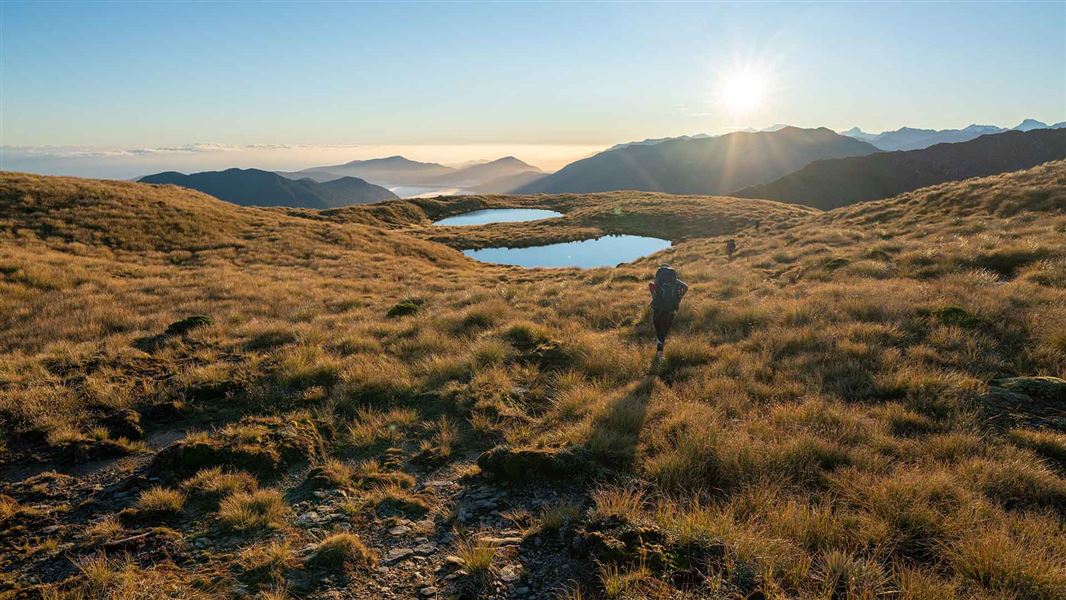
Located in Haast, Paringa and Moeraki rivers area in the West Coast region
Introduction
The Mica Mine Tops Route is a challenging route within the rugged backcountry environment of South Westland.Stay safe in the outdoors
- Choose the right trip for you. Learn about the route and make sure you have the skills for it.
- Understand the weather. Check weather forecasts.
- Pack warm clothes and extra food. Check gear lists.
- Share your plans and take ways to get help. Share directly or use the Outdoor Intentions form or Plan My Walk. Take a distress beacon.
- Take care of yourself and each other.